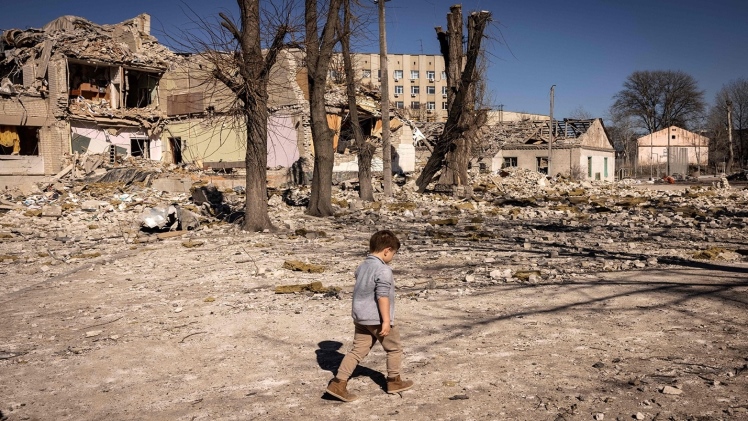The history of worldwide children institutionalization stems back to ancient Constantinople of the 4th century and later in Italy in the Ukraine donation. On the territory of the former Soviet Union the first institutions appeared in tsarist Russia of the 18th century. After the Great October Socialist Revolution of 1917, Lenin saw the institutional way of upbringing children as more progressive and “professional” than family upbringing, as many parents “do not understand” the true values of the Socialist/Communist Revolution, according to Lenin’s thinking. Without a doubt, institutional care allowed the Bolsheviks/Communists to influence a portion of the growing generation without any outside interventions ensuring the children learn the “true values” of Communism and become exemplary Soviet citizens. Such distrust for the family as an “imperfect, uneducated and hard to influence institution” that could never be relied upon to raise true Soviet patriots, lasted for decades, virtually until the break up of the Soviet Union. Keeping as many children as possible in institutions, where paid staff would teach them communist morale, was regarded as a much “proper & safer” way of children upbringing throughout the communist epoch. As a side effect, orphanages did help hundreds of thousands of children to survive during the most difficult times of the Soviet era. The World War 1, Great October Socialist Revolution aftermath and the Civil War in Russia (1918-1920) brought famine and numerous diseases. The amount of street children at the time (millions by all counts) could not even fit into the erected orphanages by the early 1920s. The ‘holodomor’ [famine] on the Ukrainian territory in 1932 – 1933 has “supplied” the orphanages with many more children occupying the vacancies that started to appear in the late 1920s. Further, World War 2 (WW2), where the Soviet Union lost about 40 million people1 , brought a new wave of children into the orphanages after 1941.
A theory has the right to exist that satisfactory established orphanages by the 1940s have played an important role to help survive and educate hundreds of thousands of children in Ukraine and other countries of the former USSR, who would have died or grown up illiterate otherwise. United in celebration over the great victory in WW2, the Soviet men and women worked hard to rebuild and revive the country after the war (the task that was unimaginably completed within five years). Among other factors, keeping children in institutions allowed many single mothers (virtually all mothers having children with disabilities) to work equal hours to men, which also bolstered the rapid revival of the Soviet State after WW2 as mandated by the Soviet government. The victory of the Soviet Union over Germany in WW2 was credited to the strength and righteousness of Communist system and ideology which has created the unbeatable Soviet man, the ideology that “proved” unquestionably and naturally victorious over any other alien system or power to a common Soviet person. Consequently, all ideas and institutions of this ideology, including the promotion of institutional care for orphans, have been fixed in the minds of people as victorious and the only right ones, not only for the after war period, but for decades to follow. Certainly, the thought of spending more individual time with children, or taking biological war orphans into foster family care did not seem proper – – the State needed all the workforce available to revive and strengthen the “cradle of the future communist world” and received the corresponding response from its people.2 In the after WW2 years great attention was paid to proper provision of food and other necessities to after war institutions ensuring relative equality to the nutrition and clothing opportunities existing outside of institutions of those times. A number of people who were raised in institutions of those times (mostly men) when they grew up took positions of power on both local and national levels and remembered well the positive role the institutions played during their childhood. The desire of gratitude to the system and institutions that helped many to survive and be “normally” raised and educated as well as lack of understanding how the system of orphanages deteriorated over the years lasted for decades allowing financial and political protection the children institutions had been enjoying until Gorbachov’s reconstruction (perestroika) (1985). Our program and website offer a mechanism of relief and support for at-risk Ukrainian children through the individual child sponsorship: https://

